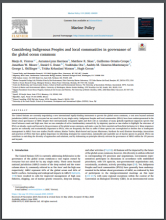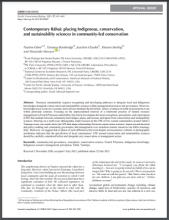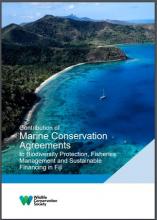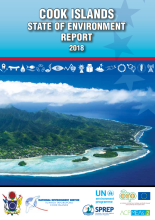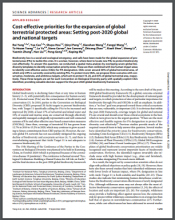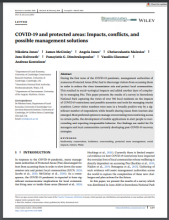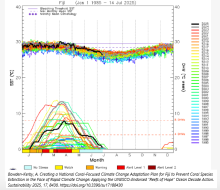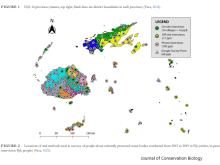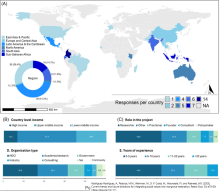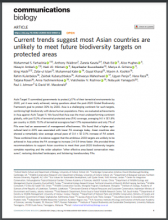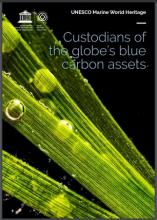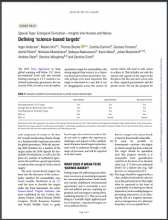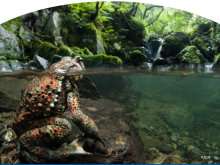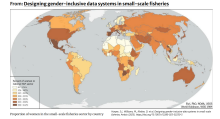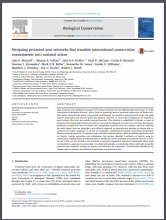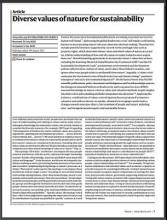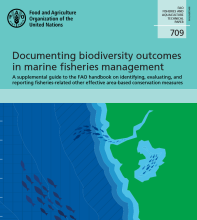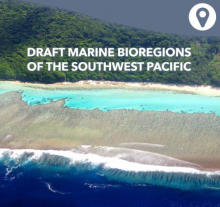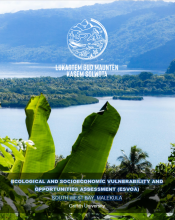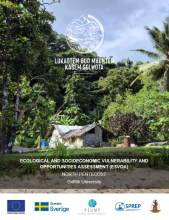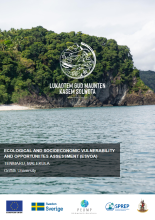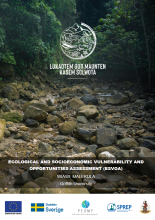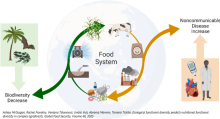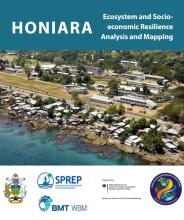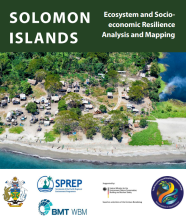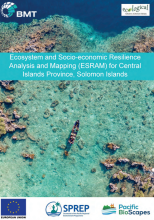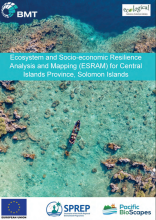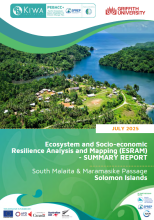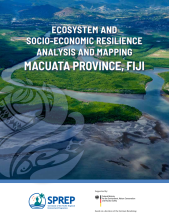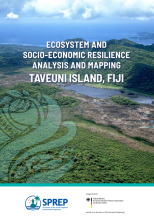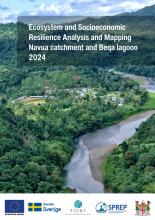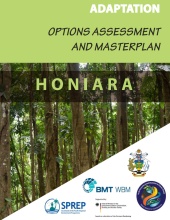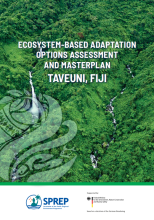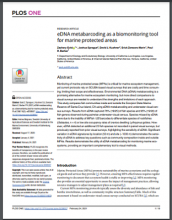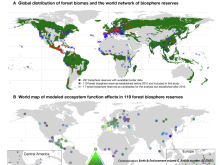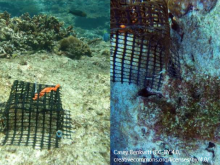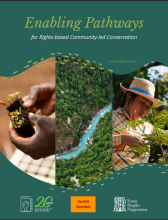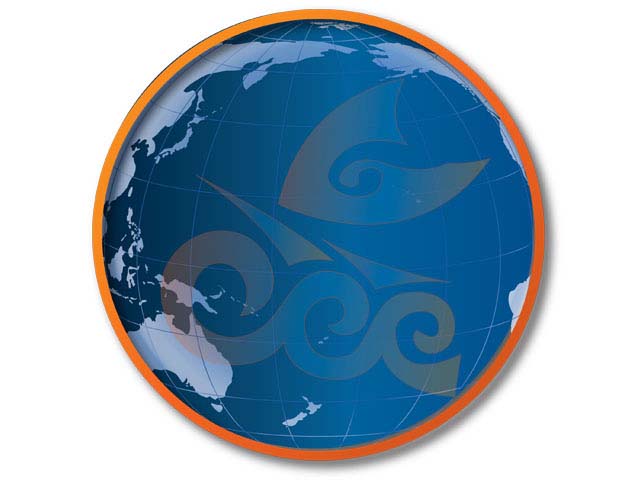
There are many global initiatives that provide information, resources and tools for practitioners at protected areas. Due to the nature of these initiatives, they tend to be broad-scale and do not necessarily hold information about many of the smaller protected areas such as those in the Pacific where many protected areas fall under local indigenous conservation and management. However, some of these global networks and partnerships provide practitioners with tools that can be adapted for use anywhere. You may also find that there are training, funding and other opportunities that can help you with efforts in your own location.
Below are descriptions of some global protected area networks and partnerships providing information and support to practitioners around the world. There are also a large number of other networks and partnerships that can provide conservation and technical assistance in various forms.
Ecologically or Biologically Significant Marine Areas (EBSAs) and Commercial Activities
- Deep Sea Mining contract areas in ABNJ
- Purse seiner pollution observer incidents across region
- Regional fishing vessel density
- Purse seiner pollution observer incidents and purse seiner vessel density
Ecosystem-based adaptation options assessment and masterplan Taveuni Fiji
This project identifies a range of Ecosystem-based adaptation (EbA) options that support ecosystem function and the community's continued to access to ecosystem services.

